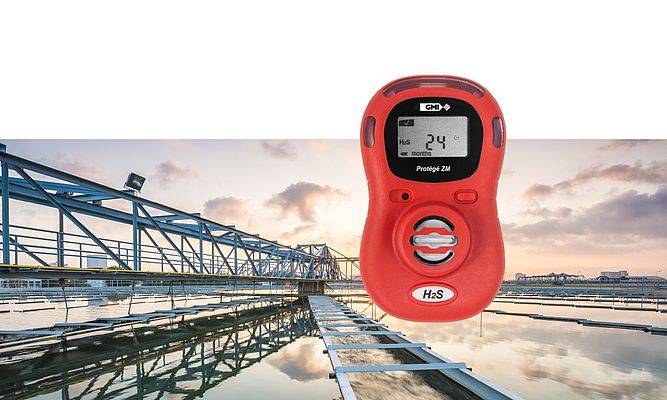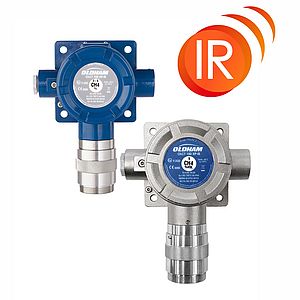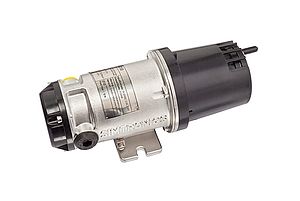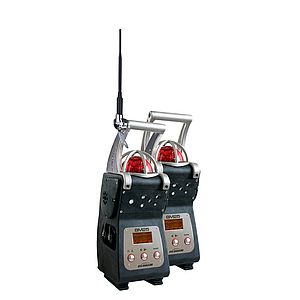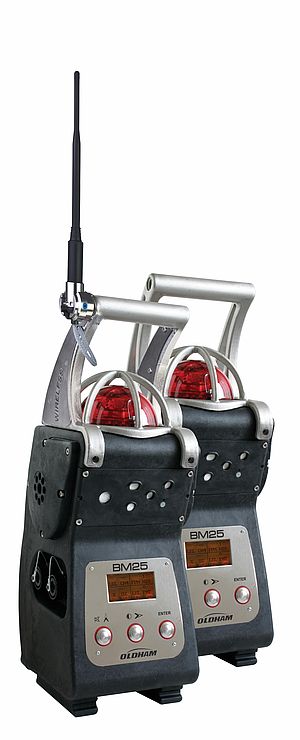As a process, the treatment of wastewater has a number of inherent hazards, namely the generation of flammable and toxic gases such as methane (CH4) and hydrogen sulphide (H2S). Furthermore, oxygen (O2) enrichment and ozone (O3) can present safety risks if the process requires technologies that use these gases, while for pH control some water treatment plants rely on carbon dioxide (CO2), which can be toxic and create an oxygen deficiency hazard.
ESSENTIAL PROTECTION
Water treatment plants can protect staff and contractors from the dangers of explosion, intoxication and fire by ensuring portable gas detectors form part of their personal protective equipment (PPE). Indeed, for temporary or mobile use in confined spaces, Teledyne offers a wide range of portable gas detectors designed to meet the requirements of the water/wastewater sector. Of course, many more advantages accrue from combining portable detectors with their fixed counterparts. Fixed gas detectors help deliver the appropriate process automation levels required to reduce running costs and manage risk with minimal operator intervention.
TECHNOLOGY DECISIONS
Another critical selection decision involves the type of sensor technology, which for gas detection typically centres on electrochemical, semiconductor, infrared (IR) or catalytic.
For water treatment plants that want to monitor O2 deficiency or enrichment, or the presence of low levels of toxic gases such as H2S or Cl, electrochemical sensors are the common choice. A popular pick here is the Teledyne DGi-TT7-E intelligent gas detector. This easy-to-use product features an integral daylight-readable alphanumeric display that indicates local status and alarm level.
The selection of semiconductor sensors, which have a longer operating life under harsh operating conditions than their electrochemical counterparts, usually occurs where very high concentrations of H2S are present, or where ambient temperature or humidity is high. With its high reactivity, strong signal stability and long operating life, the Teledyne CTX 300 fixed detector for O2, CO2 and other toxic gases, is a popular solution.
IR sensors are preferable for the detection of explosive gases such as CH4 or CO2, or for very corrosive atmospheres containing high levels of H2S. Here, detection is based on the fact that each gas absorbs light on a specific wavelength in the infrared spectrum. Notably, the robust nature of IR sensor cells from Teledyne Gas & Flame Detection means they require only one annual maintenance routine. The most common alternative to an IR sensor is a catalytic sensor, which is not as durable but consumes less power. As many water treatment plants are in remote locations and take advantage of solar energy, this factor can prove attractive. Among the Teledyne recommendations here is the DG-TX7 intelligent gas detector, which houses a pair of OXYCOL catalytic sensors.


